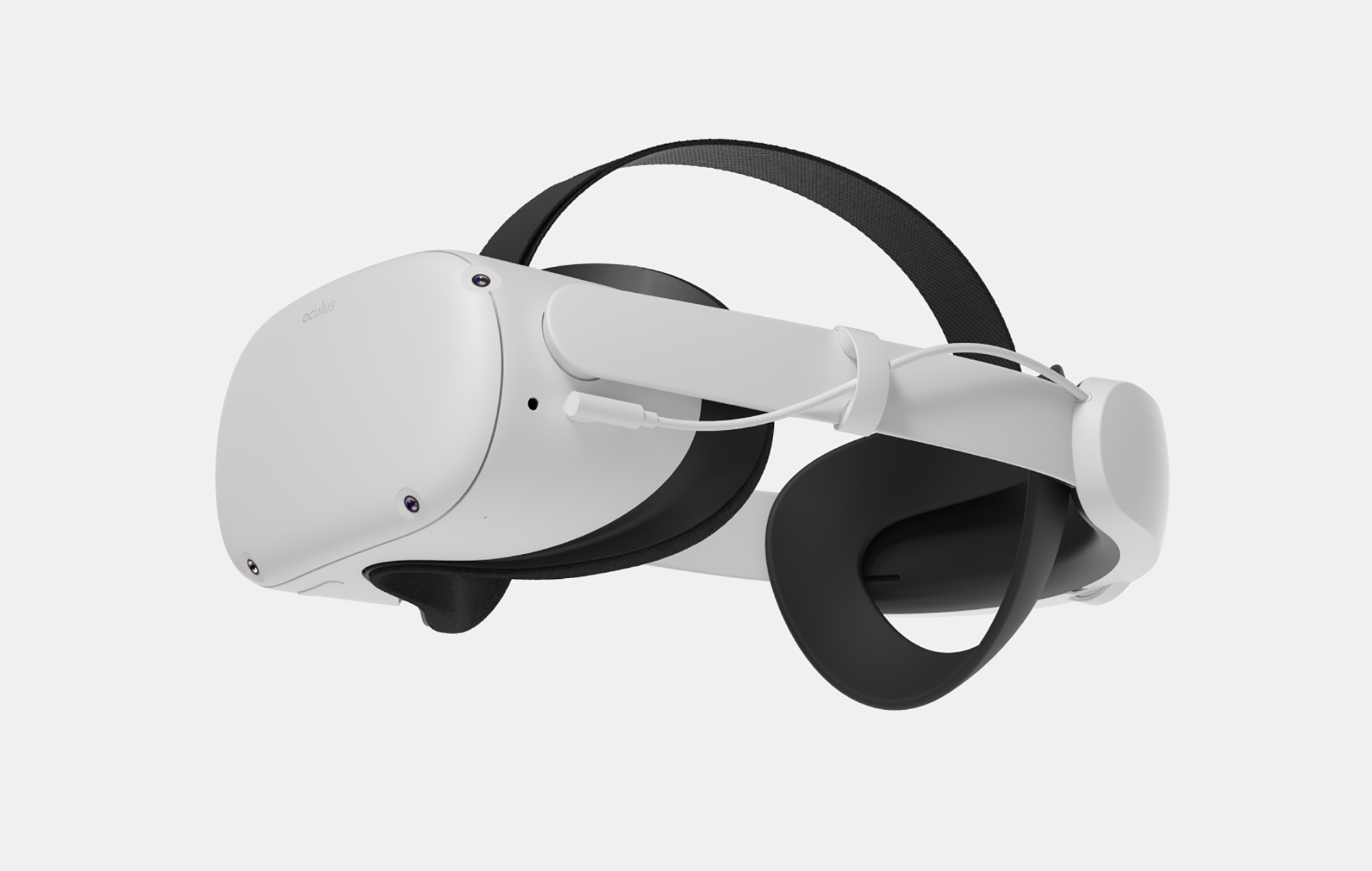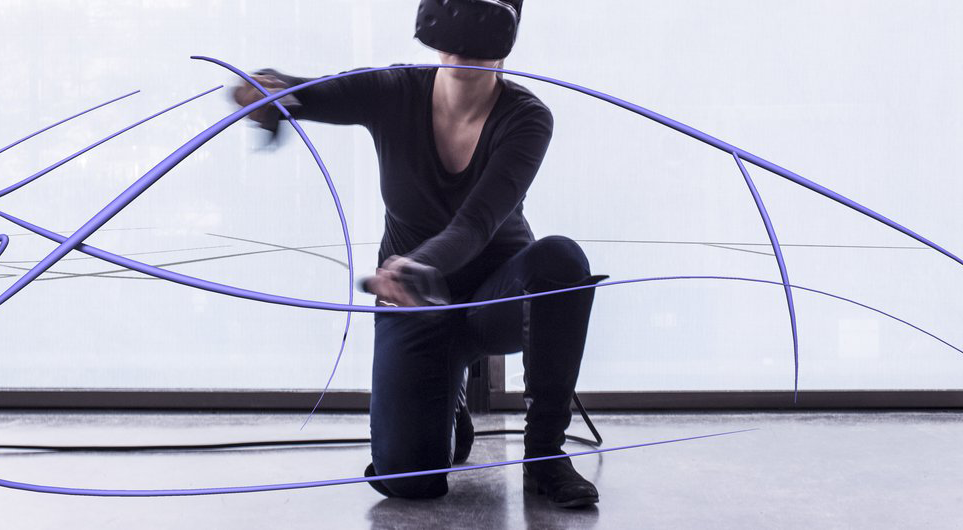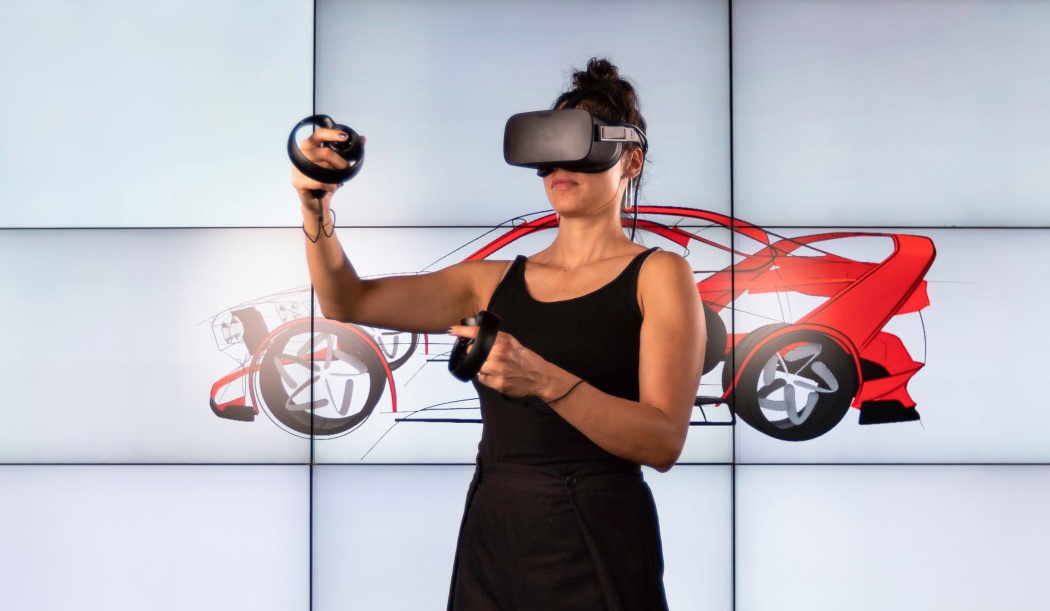Virtual Reality (VR) and Augmented Reality (AR) may not yet be ubiquitous technologies, but behind the scenes they are rapidly transitioning from a fun novelty into an essential professional tool for a wide variety of businesses.
Microsoft Hololens is already being used by surgeons to collaborate and view holographic images during medical procedures. Architects are able to give clients a virtual tour around their new houses before starting work on-site, and psychologists see vast potential in using VR therapy to tackle the global mental health crisis.
The opportunity is also there for Industrial Designers creating new products and experiences. At Tone, we have leveraged VR during the design process for products ranging from medical devices to garden equipment, and we’ve found it so transformative that it’s now an essential part of our creative toolkit.
Although VR is not the perfect solution for every challenge, we’ve pulled together 3 key benefits that VR can bring to an Industrial Design project when it’s used at the right time.

At Tone we use the Oculus Quest to design in VR without the need for cables. Credit: Oculus
Reduce Creative Risk
All creative endeavours carry the risk that while some ideas seem great on paper, sometimes they don’t translate into reality. This often results from a ‘disconnect’ between the 2D medium of paper or a computer screen, with our 3D world. When this happens, it is often very costly, resulting in re-designs and project delays.
Typically, physical prototypes are used to iron out these issues as early as possible. However because VR allows the designer to sketch in a naturally immersive 3D space, it is immeasurably easier to truly understand the scale, proportion and form of the object they are designing from the very beginning of the project. This is particularly effective for large format products that would be impractical and expensive to prototype at 1:1 scale.
At Tone, we use Gravity Sketch on our Oculus Quest headsets (above) to experience a concept at full scale before any expensive physical modelling is required or a concept is chosen for further development.

credit: Gravity Sketch
Increase Creative Output
It’s extremely important in the early stages of a creative project not to get too bogged down in the detail. Traditionally, designers have used rough hand sketches and prototypes to thrash out ideas before even thinking about moving to parametric 3D CAD software like Solidworks, Creo or Fusion 360.
This is especially true of products that are likely to need complex surfaces, organic forms, or flexible materials. Trying to build these in traditional 3D CAD packages at an early stage would add too much complexity and stifle innovation.
To help bridge this gap, VR modelling offers a perfect hybrid between a sketch and a traditional 3D CAD drawing. Complex 3D surfaces can be created in seconds, without the need to define them mathematically.
Sketching out our ideas in VR has allowed our team to iterate faster and resolve those early ideas to a much greater fidelity than previously possible.

credit: Yanko Design
Get Buy-In Faster
Getting stakeholders on-board with a concept (whether they are internal or external) requires crystal clear communication. In the exploratory stages of a project, relatively quick and cost-effective VR sketch models can be used to create compelling 3D visuals that are easy to understand and visualise on a shelf or in-use. At Tone, we simply export the model straight into Keyshot (our render package) and apply realistic materials to get an immediate feel for the colours, materials and finishes.
This is also true for design teams that are now working remotely due to COVID-19. It can be extremely difficult to explain visual ideas over a conference call, but enterprise versions of Gravity Sketch now enable teams to work together in the same virtual environment from anywhere in the world.
Despite all the above benefits, it is important to remember that VR is an additional tool that supplements (rather than replaces) existing design techniques. Like any tool, it has it’s place and will not necessarily benefit a project if used at the wrong time or for the wrong task.
It can be easy to take a concept too far in VR and give the impression that the design is more resolved than it actually is. It is also unlikely that VR data will be detailed enough to send for manufacture – so it’s very important for designers to fully understand the intended manufacturing processes and know when to move into other software.
However when used appropriately, we have seen great advantages to harnessing this technology – allowing us to rapidly create, validate and iterate product concepts.
If you’d like to chat about whether VR might benefit your project, why not reach out via email, or connect with a message on LinkedIn. We’d love to hear from you.
Want to know more?
Tone are a London based creative product design agency. If you’d like to talk to us about what we do or tell us about a new project, send us an email at:
We’d love to hear from you.
Read more of our news
The Effect of Gestalt Psychology on Design
Do designers and artists just rely on fashion and their own personal taste, or are there scientific and psychological reasons why some objects are so appealing?
Read more